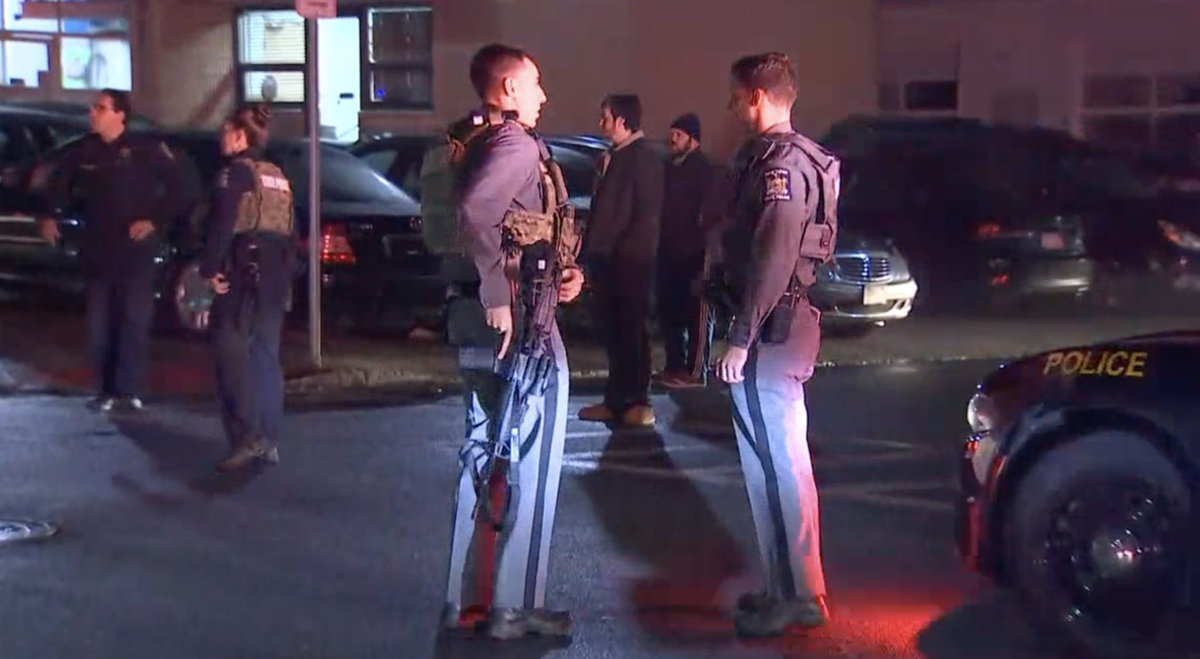Several years ago, the term “active shooter” was strictly the domain of law enforcement. Today it’s become ingrained in American lexicon, a frequent fixture on social media and breaking news coverage.
But unlike the narrow tactical term that police have used for years to refer to a gunman actively shooting people in a populated area, active shooter has become a sweeping expression for shootings or possible shootings of all varieties. Even small disturbances and sharp sounds – a popping water bottle, blown speaker, defibrillator alarm, malfunctioning water heater – escalate into panic-fueled evacuations and screams of an active shooter.
It’s hard to blame people caught in the middle of a panicked situation for jumping to conclusions. Conditioned from frequent mass shootings and their own workplace active shooter training, well-meaning eyewitnesses assume the worst. As for the police, officers must always assume that a report of an active shooter is a legitimate active shooting and respond accordingly.
But for everyone else, abusing the term “active shooting” only makes it worse.
The Department of Homeland Security defines an active shooting (.pdf) as “an individual actively engaged in killing or attempting to kill people in a confined and populated area; in most cases, active shooters use firearms(s) and there is no pattern or method to their selection of victims.”
In other words, a gunman actively firing a weapon in a crowded location with a goal to hit as many people as possible.
The police response to a 911 call for an active shooting is by the book. After Columbine in 1999, officers switched their tactics from a “contain and wait” approach to deploying “contact teams” of responding officers to engage the suspect quickly in an effort to minimize casualties (.pdf).
This response is fast and heavy: officers arm themselves immediately, often with assault rifles. People are told to lock down or evacuate – a terrifying experience that makes the spectacle of an active shooting all the more real. They post it all on social media, which is amplified by breaking news aggregators, picked up by signal detection tools and discovered by local newsrooms.
In just a few minutes, a citizen report of an “active shooting” becomes a full-fledged police response for an “active shooting” which becomes live coverage of an “active shooting.”
In nearly every case, all of this happens before police can search the premises and assess what’s happening, an often time-consuming process that fuels even more speculation and misinformation.
In the vast majority of cases, there’s no active shooting.
There are many examples, but here’s one from Sunday night. Two patients inside New York-Presbyterian Lawrence Hospital in Bronxville, New York, thought they saw someone with a shotgun, so nurses rightfully called a “code silver” – an emergency code for a weapons-related incident.
Police responded by the book, frightened eyewitnesses lit up on Twitter and several reporters conflated the report of a man with a gun and the “code silver” with an active shooter. An early tweet from the area’s top local news organization read, “Reports: Police respond to active shooter at St. Lawrence Hospital.”
The story exploded across news organizations nationwide, many using the term “active shooter.” As police meticulously cleared the building over the course of two hours, the media kept churning on the story, fueled by video of heavily-armed officers.
In the end, police said it was all a false alarm.
These active shooting responses happen on a daily basis – sometimes several times a day – monitored by our team at Factal. While some are sadly legitimate, the majority are not. They turn out to be a fight, loud noises, a man seen with a gun (or something that looks like one) or even teens going crazy over a YouTube star in a mall.
That’s why we have a policy that we don’t call these incidents “active shootings” unless they’re actually active shootings. If the police say they’re responding to a report of an active shooting – they’re passing along the language they received in the 911 call – we report police are responding to a report of a possible shooting. If several eyewitnesses exclaim there’s an active shooter, showing video of people running away, we say we’re seeing reports of people running in a panic due to an unknown incident.
As a great example, here’s NBC New York’s first tweet on the Bronxville hospital incident: “#BREAKING: Massive police response at New York-Presbyterian Lawrence Hospital in Bronxville amid report of gunman; no confirmation of shooter at this time.”
These minor adjustments in language are important because using the term “active shooter” in these early uncertain minutes – even with the qualifier “possible” – needlessly legitimizes and escalates a situation. There are real-life consequences – for example, police frequently receive 911 calls originating from people who are not at the incident itself, but are hearing reports secondhand on social media. This complicates the response and prolongs the ensuing search. It’s also common for people caught up in the panic – often locked down looking at social media – to experience anxiety-related health emergencies.
While the “active shooter” term drives clicks, ratings and shares, it feeds a cycle of fear. The term will continue to thrive among the public, but those of us responsible for reporting should ensure that we use the right language to reflect what’s really happening.
Cory Bergman is the co-founder of Factal. Photo above is a screenshot from NBC New York’s coverage of the Bronxville incident.
Interested in more? Follow @factal on Twitter and sign up for our weekly Forecast newsletter.

